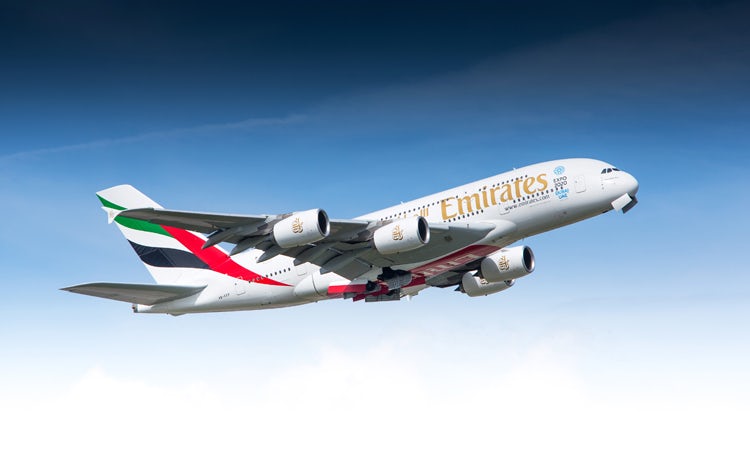Beyond air miles: Emirates Airlines rewards customers for engagement – Marketing Week

|
Getting your Trinity Audio player ready...
|
SOURCE: Ellen Hammett | Marketing Week
Emirates Airlines believes it can do loyalty better and is evolving its offering to get more people on board.
Most recently, this has involved a shift towards using the lifecycle of the customer to do more targeted messaging. Whereas much of the messaging in the app has been operation-focused in the past, such as around flight information, Emirates is now looking to engage customers at the moments where there is a “bigger chance for that instantaneous impulse purchase”.
For example, if a customer is travelling economy class but Emirates knows they are travelling for business and a seat with more legroom becomes available last minute, Emirates would offer that option through the app.
Emirates already offers paid seating and excess baggage options. “[This] is about monetising that capability,” James Curry, Emirates’s head of product design and loyalty, said at the Festival of Marketing.
But in a way that doesn’t make customers feel like they are being “fleeced” or that Emirates is trying to squeeze more money out of them.
We have to find ways to still use a currency but also to reward people based on their engagement so it’s not just about the transaction.
For Curry, who is responsible for the Emirates Skywards programme, the three most important pillars of loyalty are simplicity, having a strong customer proposition and being able to connect emotionally with the customer.
While he believes airlines have done a very good job of connecting emotionally with the high transaction tiers – silver, gold and premium customers – Curry said it has been “pretty poor” when it comes to the mass tier.
“The future is about finding ways for the mass tier – the people who fly once every 12 to 18 months – to truly connect emotionally,” Curry said.
For Emirates, this means finding new, less transactional ways to reward people for their loyalty.
“Look at young people now; they want instant gratification, they don’t want rewards two to three years down the line,” he explained. “We have to find ways to still use a currency but also to reward people based on their engagement so it’s not just about the transaction.
Young people want instant gratification, they don’t want rewards two to three years down the line.
“It’s about: have I been active on social media? How long have I spent in the customer journey? If I fly London to Sydney, I’ve probably spent 30 hours within airports, transfers, on board, waiting for bags. Can we reward the time spent with us as well as the value of the transaction?”
Loyalty is treated as a commercial function within Emirates, with commercial teams responsible for “pulling the right levers” to engage loyalty in the right way to deliver the results for the business.
However, it is the job of the vice-president of membership to ensure there is a “very deep and close relationship” with all parts of the business so that the member experience is consistent throughout.
It doesn’t matter how amazing the product we design is if it cannot be delivered by our cabin crew or staff at the check-in desks.
“At the end of the day, the culture is: [it] doesn’t matter how amazing the product we design is if it cannot be delivered by our cabin crew or staff at the check-in desks,” Curry said.
“Sometimes if it’s not the right connection, it can be more damaging than not doing it. If we have the right structure in place, they have a tendency to go out and be evangelists for loyalty in the business.”

